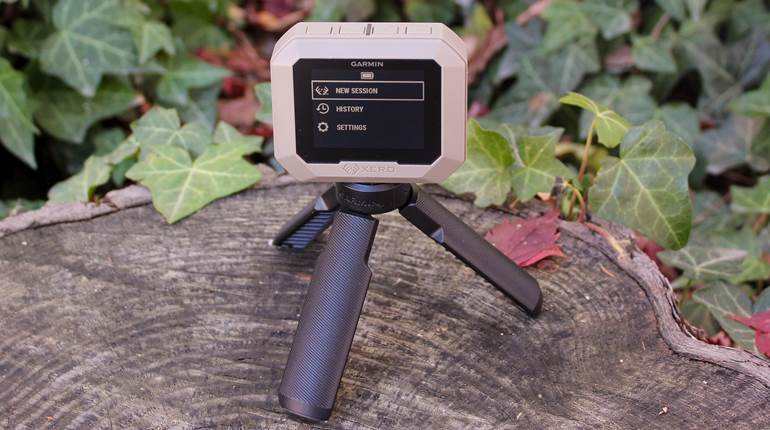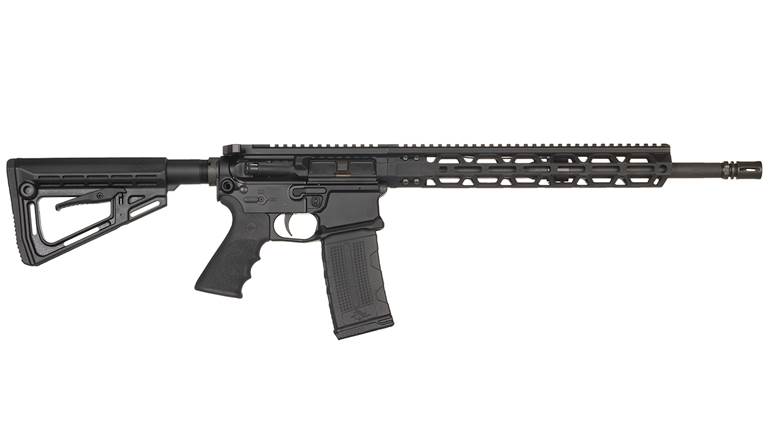
The halt in new permits to export firearms, ammunition and related components to certain nations posted on Oct. 27 by U.S. Department of Commerce came with no notification, despite the financial strain on affected firms. The pause is effective for 90 days and could become permanent—at least under the Biden administration—if a concurrently announced review determines it meets “U.S. national security and foreign policy interests.”
The National Shooting Sports Foundation (NSSF), the trade association for the firearm industry, told American Rifleman it was not consulted or notified in advance that any change was coming. There was also no public comment period. As a result, many of NSSF’s 10.000 members—manufacturers, distributors and retailers—are scrambling to modify production and staffing schedules. The industry is a key player in the nation’s inflation-plagued economy, generating 172,697 jobs with an economic impact of $24.15 billion last year.
One manager for a major manufacturer, who asked their identity remain anonymous, independently confirmed the change was a complete surprise. “Some of the countries (example: Thailand) do a lot of business that are not on the list of 40 countries,” they wrote in an email. “We are going to see how this plays out, but it is shocking and unexpected.”
Permits will continue to be processed for the 40 nations listed as Wassenaar participants on the Code of Federal Regulations, plus Israel and Ukraine, according to the Department of Commerce announcement.
Firearm Impact
American Rifleman reached out to several companies to gauge impact on their business. All politely declined to comment, but a statement made by Christopher J. Killoy, president, CEO and director of Ruger on Nov. 2 indicates it may be nominal on his firm. “I think the headlines were a little deceptive in that they made it sound like all firearms were being banned,” he said during a Nov. 2 conference call with investors. “But right now, 90 percent of our exports are not impacted based on the countries that are specifically allowed by that. And typically, our export business, as you like to remember, typically goes between 5 percent and 6 percent ... our export team is really on top of this, and I don't see a major impact from this unless it were to expand based on the guidance we’ve currently got from the administration.”
The same is likely not true for others in the industry, however, at least based on NSSF’s 2019 Industry Reference Guide, the latest available. It provides a detailed, country-specific analysis of firearm exports. U.S. manufacturers exported 324,457 semi-auto pistols to Thailand, for example, between 2008 and 2017. It ranked number two on the 64-nation list and was beat only by Canada—a market that’s since dwindled. Revolvers, where Thailand earned top spot on the podium, are a separate category.
Total pistol shipment volumes in that study provides a better overall glimpse of the halt’s potential economic impact. In semi-autos alone, during that 10-year period, 1,971,542 domestically produced models shipped from the United States. If the new permit halt was in place during that same decade the total drops to less than half. Subtract figures from Canada and Australia (to reflect increased restrictions)—377,190 and 50,347 respectively—and the international market for American-made semi-auto handguns is hovering at somewhere around a quarter of its 2017 mark.
The effect isn’t as bad for shotguns. The number U.S. manufacturers shipped in those 10 years came to 1,365,883. The figure drops to 990,011 after subtracting destinations affected by the halt—a loss of roughly a quarter of the market.
Another industry executive told American Rifleman, again under condition of anonymity, that it’s their understanding the current halt doesn’t affect law enforcement and military orders. It is, however, of little comfort for firms whose sales are primarily or exclusively commercial.
Ammo
The permit halt includes ammunition and components. Major manufacturers contacted by American Rifleman politely avoided comment at this time and Federal offices asked to provide cartridge destinations and volumes have yet to respond.
The financial setback may be more serious for that sector, however, as global demand for American-made ammo has grown significantly. In 2005, for example, 213,258,682 units (including components, but not shotshells) were shipped to destinations outside of the United States. Last year that number more than tripled to 793,395,541.
There’s no slowing in that trend. The latest figures available show ammunition units shipped to other nations in June 2023 totaled 72.3 million, an 8.7 percent increase compared to the year before.
Gear
Gun and ammunition permits don’t hold an exclusive in the halt. The announcement’s wording is unclear on exactly which accessories are included, but export numbers indicate jobs are threatened.
Last year, for example, there were 474,743 riflescopes shipped abroad. Rifle and shotgun accessories came in at 902,192, according to an NSSF report, and suppressors 13,575.
Outreach Paralysis
The Seattle Times reported last week that the Department of Commerce is reviewing its support and participation at the annual Shooting, Hunting and Outdoor Trade Show, also news to the owner of the event, NSSF. The Department’s attendance ensures compliance with regulations by manufacturers, whether importing or exporting.
Outreach efforts by Federal agencies are routine at trade shows, and considered a resource to those businesses attending, as well as taxpayer benefit. The face-to-face information provided there minimizes subsequent clerical errors, erroneous filings and questions that drain manpower hours when government employees are forced to wrestle with them remotely. The U.S. Department of Homeland Security’s Science and Technology division, for example, attends the Consumer Electronics Show—the world’s largest trade show in that industry—in pursuit of that mission.
No Communication With The Industry
NSSF Managing Director of Public Affairs Mark Oliva said the organization has yet to receive official communication from the administration or Department of Commerce about the permit halt, but emphasizes the development wasn’t completely unexpected. It was a request made in a letter sent by Everytown/Students Demand Action to President Joe Biden shortly after he took office. It may also have been an agenda item when the administration’s new Office of Gun Violence Prevention held a roundtable meeting recently.





































